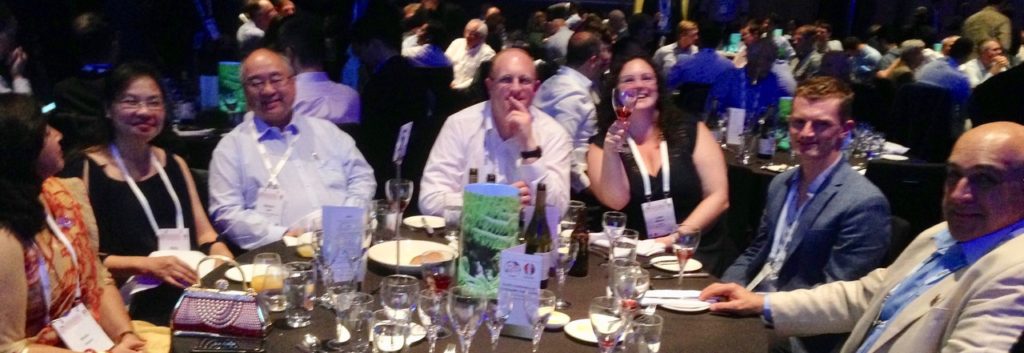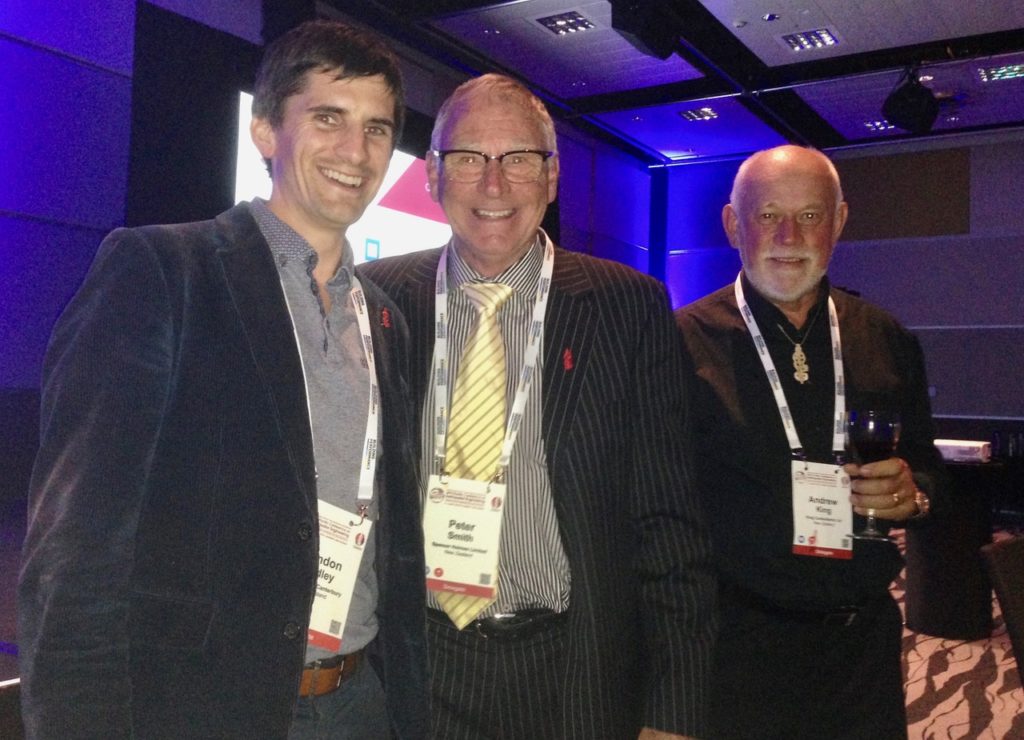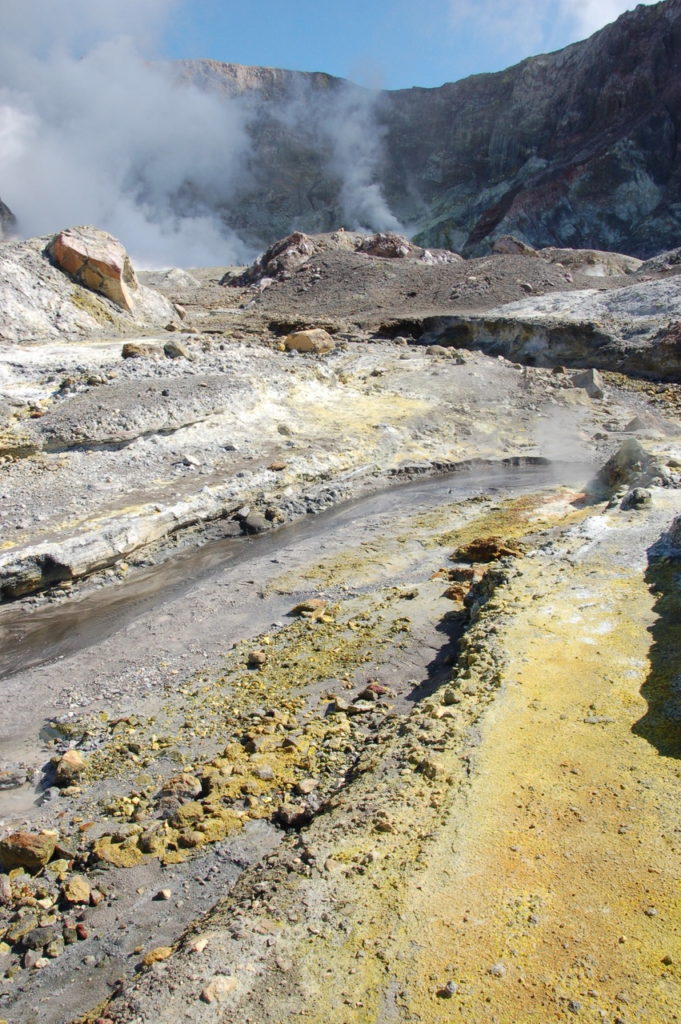Report from PCEE 2019
At least 470 delegates travelled to Auckland NZ for this year’s Pacific Conference on Earthquake Engineering. The conference doubled as the annual NZSEE conference so not surprising that most of the delegates were New Zealand engineers, there were probably fewer than 20 from Australia which included paper presenters Trevor Allen and Mark Edwards from Geoscience Australia, Paul Somerville, Tim Mote and myself. There were few if any delegates from South- west Pacific countries PNG to Tonga which was disappointing, a failure of foreign affairs departments in both Australia and New Zealand who missed an opportunity to spread their influence and good will. Seismologists and engineering seismologist were conspicuous by their absence which has become a feature of the NZSEE annual meetings and so unlike the AEES conferences. This was reflected in the absence of papers on the ground shaking end of the earthquake engineering spectrum.

There was a real buzz at the venue as people reconnected, told stories and shared their common interests and experiences since the last meeting. The venue at Sky Convention Centre near the Sky Tower lent itself to audience participation, no one having to walk far between the three simultaneous themes, still less desirable than our AEES single theme attended by all registrants across the disciplines. Lunches were a help-yourself standup affair at small tabletops dotted amongst the industry booths. Dinner too was at the venue, diners entertained with a short presentation by a Maori group, telling their story of survival and growth since European invasion. Dinner was excellent but the main activity was meeting other participants.

Bruce Deam and his team are to be congratulated on a well attended successful conference, NZSEE society staff members such as Lisa Moon evident everywhere helping out speakers and registrants alike. Former NZSEE executive members and retired GNS scientists were still making their presence felt, meeting and greeting, leading discussion and story telling. Dave Brunsdon, Graeme McVerry, Andrew King, Kelvin Berryman prominent amongst them, engineers and scientists who have participated in AEES conferences.
Paper abstracts were bound and included in the conference bag but there was no usb or cd of papers which is disappointing, perhaps they can be downloaded on line. One paper that wouldn’t and couldn’t reflect the intensity of presentation was the story of God Ruomoko by Jason Ingham, well known to AEES audiences and his two student co-presenters who performed an inaugural haka as part of the story. This was fantastic theatre that will never be forgotten by the rapt and fortunate audience.

If there was a theme it was that there has to be change in how earthquake engineering principles, founded famously in the thinking, writing and teachings of Park and Paulay need to be rethought and reapplied. Two buildings in downtown Wellington had to be demolished in the recent Kaikoura sequence of earthquakes and ever since Christchurch it has become clear that community resilience needs to be considered not just life safety for each building considered separately and independently. That will be a real issue and must include domestic construction, pre-existing buildings and linking infrastructure. All buildings must be “good’ buildings according to Californian -based Speaker Professor Maryann Phipps for them to survive relatively undamaged and fit for purpose immediately after a damaging earthquake. Such buildings were lacking in Christchurch and probably don’t even exist in Australia.

Most of the papers were on structural engineering, RC, steel and timber but a few geotechnical presenters braved the audience.
Trevor Allen and Mark Edwards presentations were seen as complementary and well received, some parts of NZ are after all on the Australian Plate and far enough from the plate boundary to use intraplate loading code provisions albeit with a special need to consider large deep earthquakes. I think there are shortcomings in the results of GA’s hazard analysis due to some of the pervading assumptions and omissions but that will be tested at the AEES conference in November. The basic approach and analysis are not in dispute.
I arrived too late to join the pre-conference Auckland volcano tour but atoned with a tour of the White Island volcano re-named and re-discovered by Englishman James Cook in 1768. Steam emissions blanketed the crater but there were plenty of very active fumaroles and fluid-building mounds dotted across the floor and walls of the breached valley. I spotted one of the seismograph sites which might detect and transmit local seismicity and harmonic tremor before it is obliterated in the next eruption. The ruins of a decade long sulphur mine were evident but rotting quickly in the corrosive environment where they had been abandoned following the miners deaths there in 1914. This is a must-tour for seismologists visiting the shaky isles.

Kevin McCue


